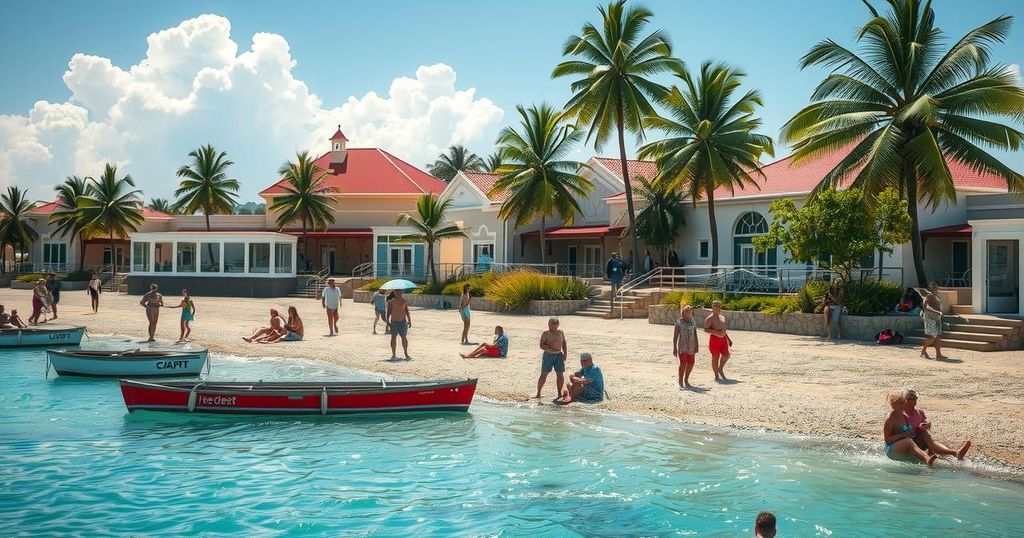Uruguay anticipates a 16% growth in tourism spending this Summer, driven by a rise in Argentine visitors due to the peso’s recovery. The San Martin International Bridge has seen increased traffic, signaling a reversal in travel trends as more Argentines choose Uruguay over Brazil, aided by attractive pricing and tax benefits for tourists. The Uruguayan economy is set to benefit significantly from this influx of visitors during the 2024/2025 season.
Uruguay’s tourism industry is poised for significant growth, anticipating a remarkable 16% increase in spending from foreign visitors this Summer season. The resurgence of Argentine tourists is expected due to the Argentine peso’s stabilization against the US dollar, coinciding with the economic policies of Javier Milei’s Libertarian administration. In contrast, Brazil’s economic challenges following a recent devaluation of the real have had the opposite impact on its tourism sector.
The uptick in Argentine bookings is promising for Uruguay, as foreign tourism recovers from previous downturns exacerbated by the Brazilian crisis. In 2023 alone, Uruguayans spent approximately US$ 1.2 billion in Argentina, a trend that now appears to be reversing as more Argentines choose Uruguay for their summer vacations. The San Martin International Bridge, which connects the two countries, has experienced significant traffic with long queues as many Argentines flock to Uruguay for their holidays.
During the lead-up to Christmas, border crossings were bustling, with around 40,000 Argentines and 9,000 Brazilians entering Uruguay, resulting in notable delays at customs. Argentine tourists find that prices in Uruguayan destination areas are increasingly attractive, particularly as accommodation costs in Argentina rise. Additionally, the prevailing economic conditions in Argentina have prompted many Uruguayans to limit their shopping excursions across the border, enhancing Uruguay’s appeal as a holiday destination.
The Uruguayan government has also introduced tax incentives advantageous for Argentine visitors, including exemptions from VAT on food services and car rentals, further incentivizing travel. Conversely, some Uruguayans may be tempted to travel to Brazil to take advantage of the favorable exchange rate. With the recent repeal of the 30% PAIS tax on international credit card transactions under Milei’s administration, trips to prime destinations like Punta del Este have become more budget-friendly for Argentines.
The Uruguayan Real Estate Chamber forecasts an influx of 400,000 additional tourists compared to last year, equating to an anticipated 16% rise in tourism spending, a promising outlook for the country’s economic recovery and tourism sector as the Summer season approaches.
The tourism landscape in South America is experiencing a transformative period, particularly between Uruguay and Argentina. The recent economic changes in Argentina, including the stabilization of the peso and the elimination of certain travel taxes, are reshaping cross-border travel patterns. As Uruguay prepares for the upcoming Summer season, these factors are expected to draw more Argentine visitors, significantly impacting the local economy by increasing both tourism numbers and spending.
In conclusion, Uruguay stands on the brink of a promising Summer season, bolstered by a projected 16% increase in foreign tourism spending, notably from Argentine visitors. The favorable economic conditions and government incentives enhance Uruguay’s attractiveness as a vacation destination, while the contrasts with the Brazilian tourism market suggest a critical shift in travel preferences. This evolving landscape not only reflects the resilience of Uruguay’s tourism sector but also indicates a beneficial economic shift for the country during the upcoming season.
Original Source: en.mercopress.com






